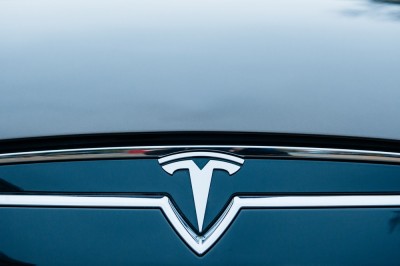Do Collision Avoidance Systems Really Lead to More Serious Accidents?
Self-driving cars are coming, but they aren't here yet, despite driver-assistance systems like Tesla's Autopilot that make human drivers almost obsolete. The concept of complete autonomy on our roads in the U.S. is at least 20-30 years away and many experts are skeptical about it happening at all. Now distressing statistics about humans and collision avoidance systems make us think that self-driving cars may be even further out than previously predicted.
Here are some facts brought to you by Service King Bartlett that show that collision avoidance systems can actually lead to more serious accidents. The number of traffic deaths in 2015 reached 35,092. That's a significant jump from 2014's total of 32,744. Part of the reason for this spike in road fatalities can be explained away by the increased amount of cars on the road and cumulative miles driven.
A recent MIT technology report however, assigns some of the overall blame for the rise in traffic fatalities last year at the doorstep of the technology used in self-driving cars. Although the only empirical evidence the article offered to support its supposition was the death this past spring of a Florida man relying on his Tesla's Autopilot technology. The conclusion was that driver-assistance systems can lull drivers into paying less attention to surrounding traffic.
 Tesla-Related Fatality
Tesla-Related Fatality
Despite warnings in Tesla's printed material that drivers should remain engaged when using Autopilot, all preliminary evidence of this accident indicates the 40-year-old driver's attention was somewhere other than on the road when the Autopilot system failed to recognize the side of an 18-wheeler's trailer in its path. Submarining under the trailer, the car's roof was ripped off before it careened off the road, mowing down two fences and coming to rest against a power pole. Authorities pronounced the driver dead at the scene.
The preliminary investigation determined that the driver was distracted because he made no attempt to apply the brakes before the crash.
Distracted-Driving Deaths
According to NHTSA (National Highway Traffic Safety Administration), traffic deaths from distracted driving grew nearly 9 percent last year. That's more than the percentage increases of deaths from not wearing seat belts (4.9 percent) and alcohol (3.2 percent) combined.
A Connection Revealed
Citing the Tesla incident, the MIT Technology Review article argues there's a cause/effect relationship between self-driving car technology and distracted driving. That could well be true.
As drivers become more confident with systems like frontal emergency braking and adaptive cruise control, which monitors traffic flow and applies the brakes when traffic slows, it's natural they take for granted such systems will always function perfectly. Often, however, that's simply not true.
Role of Driver-Assist Systems
Regardless of the driver-assist technology used, the system issues some sort of audible warning before initiating action. Why? Because these technologies are designed as backup systems in case the driver fails to respond to whatever danger is detected. They are driver-assistance technologies, not driver-replacement technologies. Or, in other words, they are semi-autonomous systems rather than autonomous systems.
What it means to you: As a driver, it's up to you to be in total control. Crashes can happen in the blink of an eye. Any time your eyes aren't on the road is an opportunity for something bad, or even fatal, to happen. Placing too much faith in self-driving cars can kill you or someone else.
We strove to bring you relative content from Service King Bartlett in Memphis , TN .
Sources: Wikipedia. Yahoo and AOL









 Tesla-Related Fatality
Tesla-Related Fatality
Social